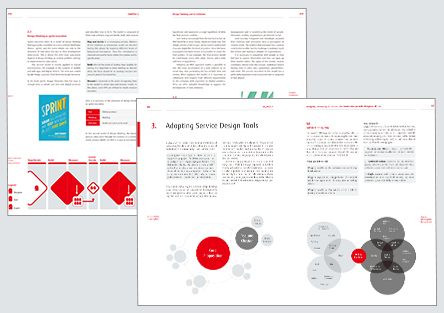As part of its own digital transformation journey, Fujitsu is introducing the Design Thinking philosophy across the entire company.
The approach to systematic design thinking started in late 2016, following a study to benchmark its usage among design consulting firms, large companies and startups in Japan and North America. This was later extended to Europe in January 2018.
Fujitsu’s goal from the study was to identify evidence around the world of a design thinking mindset best aligned with Japanese culture.
"The findings indicated that the European application of design thinking generally took a longer-term perspective,” comments Takashima. “We understood this to have closer alignment with the Japanese mindset than the North American ethic, characteristically by a more immediate and agile design horizon. Based on these findings, we decided to forge a strategic partnership with POLI.Design in Milan."
Fujitsu and POLI.Design have worked since 2020 on programs to establish a global network of design leaders. This textbook was created to support design leaders in their incorporation of design thinking elements into daily business activities. As Joachim Box says: “Adopting a design mindset and method is essential for people aiming for and leading true transformational projects. Inspired by diversity, fueled by insight and aligning with strategic goals are the mainstays of the approach that we wanted to capture.”
This textbook was jointly planned and created by Fujitsu and POLI.Design, with a diverse, global production team led by UK-based Joachim Box, Global Head of Fujitsu’s Co-creating Program. Fujitsu contributors included Japanese team members Shinobu Utamura and Daisuke Takashima as creative directors, supported by Delphine Dubuet in the Netherlands and Renate Schwarz in Germany. Venanzio Arquilla, associate professor at the Design Department of the Politecnico di Milano, led the POLI. Design team’s input. After producing the English version, the textbook was translated and adapted for the Japanese edition.
 English version page image
English version page image





